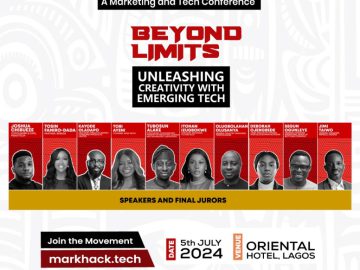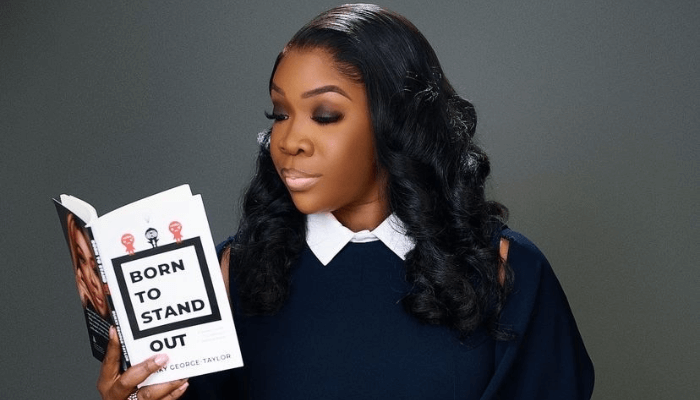The art of brand storytelling has undergone a significant transformation over the years, evolving from simple product advertisements to complex narratives that engage consumers on a deeper, more emotional level.
Today’s brands do not just sell products; they convey stories that resonate with the personal lives and values of their audience. This evolution has enabled brands to create lasting relationships with their customers, turning casual buyers into loyal advocates. Let’s explore how brand storytelling has changed, highlighting key developments and strategies that have redefined the way companies connect with consumers.
The Origins and Progression of Brand Storytelling
Brand storytelling initially revolved around presenting the basic features and benefits of products. Early advertisements were straightforward, focusing primarily on product function and necessity. As markets became more saturated and competition increased, brands began to realize the need to differentiate themselves in more sophisticated ways. This led to a shift towards creating narratives that not only informed consumers about products but also evoked emotions and built connections.
The approach has since evolved to incorporate various media formats and channels, adapting to the changing consumption habits of audiences. Brands now use a mix of visual, auditory, and textual storytelling methods to reach consumers across multiple touchpoints. This integrated approach considers the strengths of each medium, from video campaigns that showcase a brand’s impact on individual lives to digital content that explores the intricacies of customer experiences. This evolution in media usage highlights the transition from booklet advertising versus traditional brochures to more dynamic and interactive storytelling platforms.
Digital Transformation in Storytelling
The digital era has dramatically expanded the toolkit available for brand storytelling. With the rise of the internet and mobile technology, brands now have unprecedented access to their audiences, allowing for more direct and personalized storytelling. Social media platforms, websites, and mobile apps have become arenas where brands craft and disseminate their narratives to a global audience.
Interactive tools and technologies like augmented reality (AR) and virtual reality (VR) have taken this a step further by immersing consumers in stories. These technologies allow customers to experience a brand’s narrative in a firsthand, interactive way, making the story feel more real and impactful. For example, a home decor brand can use AR to allow customers to visualize how products would look in their own homes, effectively telling a story that blends the brand’s world with that of the consumer’s personal space.
The Power of Audio Storytelling on Platforms like Pandora
Audio platforms, particularly Pandora, have emerged as powerful vehicles for brand storytelling. Audio storytelling allows brands to engage with consumers through a format that is both convenient and evocative. People often listen to audio content like music and podcasts while commuting, working, or relaxing, which provides brands the opportunity to seamlessly integrate their stories into the daily lives of consumers.
Pandora’s personalized radio service tailors music and ads to the tastes of individual listeners, making brand messages more relevant and engaging. Furthermore, the intimate and immersive nature of audio can enhance emotional resonance, allowing brands to forge a stronger connection with their audience. Pandora also offers robust targeting options, from demographic and geographic to psychographic, enabling brands to tailor their stories to the most appropriate audience. Utilizing this platform for storytelling not only diversifies the media mix but also reinforces message retention and emotional impact. Ultimately, Pandora radio advertising is a huge win for companies looking to embed their narratives deeply into the consumer psyche.
Leveraging Visual Storytelling Through Video
Video has become one of the most compelling tools in the brand storytelling arsenal. The dynamic nature of video allows brands to combine visuals, sound, and motion, making stories come alive in a way that text or static images cannot match. Platforms like YouTube, Instagram, and TikTok offer vast stages for brands to broadcast their narrative journeys, engaging with audiences through content that ranges from short, impactful clips to longer documentary-style productions.
The strength of video storytelling lies in its ability to encapsulate complex emotional and practical messages succinctly and memorably. Brands can use video to showcase customer testimonials, behind-the-scenes manufacturing processes, or even day-in-the-life stories that humanize the brand. This method not only increases transparency and trust but also enables consumers to see the tangible impact of a brand on real people’s lives, enhancing emotional engagement and loyalty.
The Integration of Storytelling in Content Marketing
Content marketing has shifted from mere information dissemination to a rich storytelling approach that educates, entertains, and inspires audiences. Blogs, infographics, e-books, and whitepapers are now crafted not just to relay information but to tell stories that align with a brand’s ethos and appeal to the values and interests of its audience. This strategy turns brand interactions from transactional encounters into meaningful conversations.
Effective content marketing strategies focus on creating value for the consumer, addressing their problems, and providing solutions through a narrative that resonates with them on a personal level. By consistently delivering valuable content, brands build a rapport with their audience, positioning themselves as thought leaders in their industry. This trust is crucial for fostering long-term relationships with consumers who come to rely on a brand not only for products but also for information and insight.
In this age of information overload, it is the stories that stir the heart, challenge the mind, and touch the soul that will not only be remembered but will foster deep, enduring connections between brands and their consumers. The future of marketing lies in a brand’s ability to tell stories that are not only heard but felt and lived by their audiences. Brands that master this art will thrive in an increasingly competitive and ever-changing marketplace.




